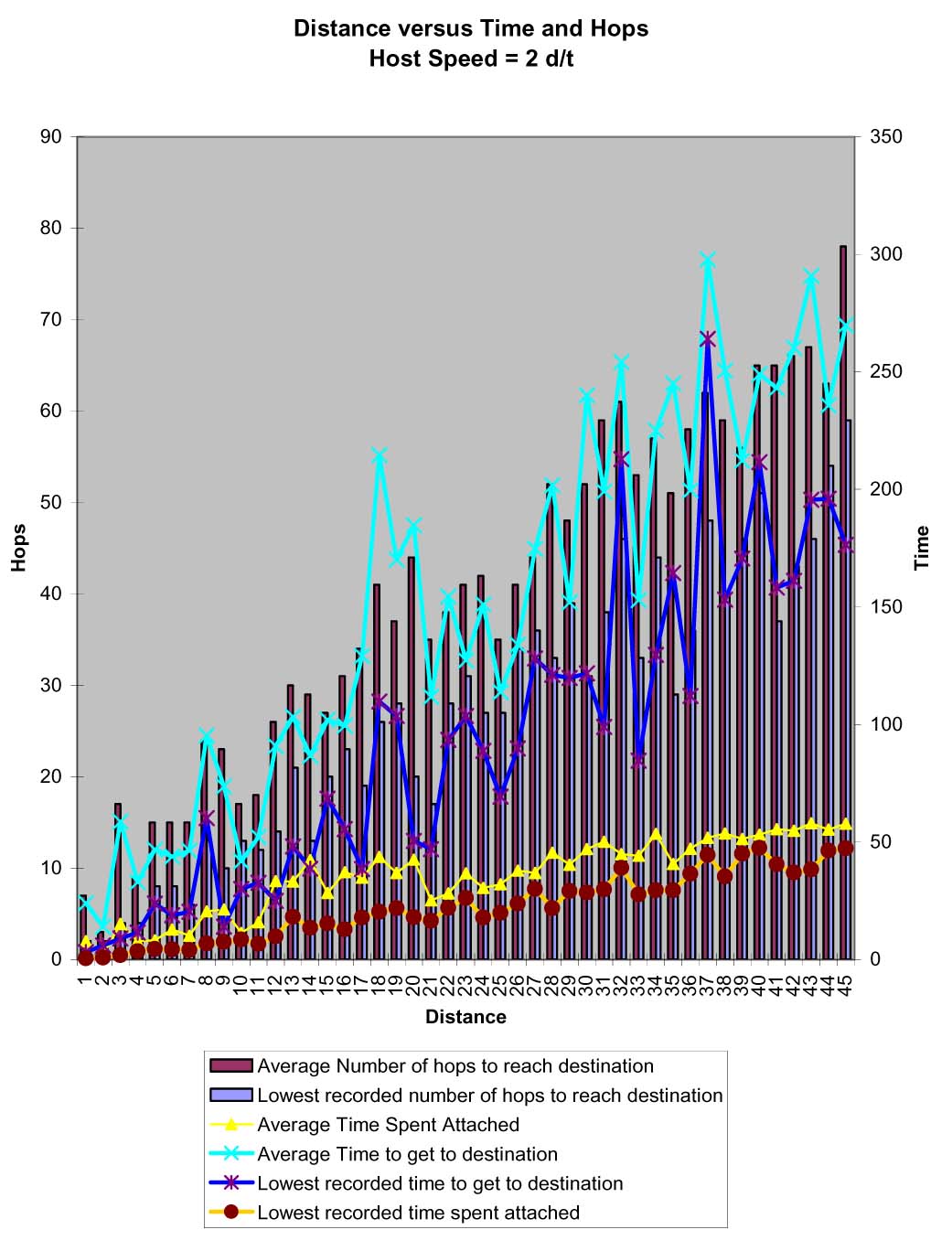
People Publications Introduction Inspiration Software Hardware See the nodes in Action!
INTRODUCTION
We are at a point in time where advances in technology have enabled production of extremely small, inexpensive, and wirelessly networked sensor clusters. We can thus implant large quantities of sensors into an environment, creating a distributed sensor network. Each individual node in the network can monitor its local space and communicate with other nodes to collaboratively produce a high-level representation of the overall environment. By using distributed sensor networks, we can sculpt the sensor density to cluster around areas of interest, cover large areas, and work more efficiently by filtering local data at the node level before it is transmitted or relayed peer-to-peer.
Furthermore, by adding autonomous mobility to the nodes, the system becomes more able to dynamically localize around areas of interest allowing it to cover larger total area with fewer nodes by moving nodes away from uninteresting areas. It is well suited to sampling dynamic or poorly modeled phenomena. The addition of locomotion further provides the ability to deploy the sensor network at a distance away from the area of interest, useful in hostile environments. Cooperative micro-robots can reach places and perform tasks that their larger cousins cannot. Mobility also allows the design of a system where nodes can seek out power sources, request the dispatch of other nodes to perform tasks that require more sensing capability, seek out repair, and locate data portals from which to report data.
But the creation of mobile nodes is not without a price. Locomotion is costly in terms of node size and power consumption. In dense sensor systems, due to the large quantity of nodes and distributed coverage, it is difficult to manually replace batteries or maintain all nodes. Some researchers have explored using robots to maintain distributed networks, but this is difficult to implement over large, unrestricted environments. Additionally, the added intelligence and processing power required for a node to successfully navigate in an arbitrary environment further increases the power and size requirements of each node. Large nodes, in physical size, complexity, cost, and power consumption, prevent the sensor network from being implanted in most environments.
This
research is concerned with exploring a novel type of mobile distributed sensor
network that achieves the benefits of mobility without the usual costs of
size, power, and complexity. The innovation that allows this to happen is
the design of nodes that harvest their actuation and local navigational intelligence
from the environment. The node will be equipped with the ability to selectively
attach to or embed itself within an external mobile host. Examples of hosts
include people, animals, vehicles, fluids, cellular organisms, and forces
(e.g. selectively rolling down a hill.) These hosts provide a source of translational
energy, and in the animate cases, they know how to navigate within their environment,
allowing the node to simply decide if the host will take it closer to a point
of interest. If so, the node will remain attached; when the host begins to
take the node farther from a point of interest, the node will disengage and
wait for a new host.

